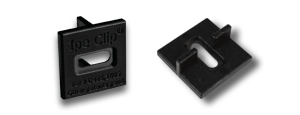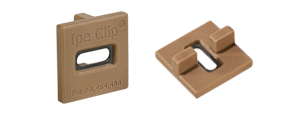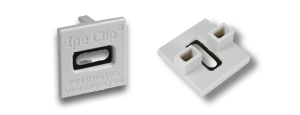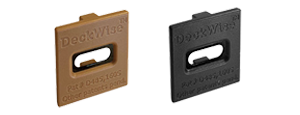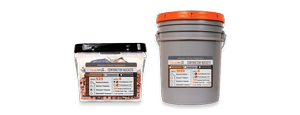The Technical Side of Stainless Steel
We talk a lot about the different grades of Stainless steel; from 304, 305 grades to 316 and sometimes 410. But what makes them different?
Stainless steel must contain at least 10.5% Chromium. This is the element that creates a protective layer and prevents staining/rusting of the surface. The higher the level of Chromium
and the addition of other elements, Nickel and Molybdenum, determine the grade of stainless steel and enhances the corrosion resistance of the stainless material.
304 & 305 Grade Stainless Steel
18-8 SS, also know as the 300 series, is the most commonly suggested and used Stainless Steel on the market. This series (18-8) is made up of approximately (not exactly)
18% Chromium and 8% Nickel by weight. The term 18-8 is used interchangeable to characterize a series of different stainless steel grades, to include 304 and 305. The distinction
between 18-8 and 304/305 is the small addition of Carbon added to its makeup and the percentage of elements used in its creation. 304 grades contain roughly 18% Chromium,
8% Nickel and a maximum of .08% carbon. By changing the percentages of carbon and some alloys used in the makeup of the 304, this creates the 305 (See tables below).
304 Composition
| Element |
Percentage (%) |
| Carbon |
.08% max |
| Manganese |
2% max |
| Phosphorus |
.045% max |
| Sulfur |
.03% max |
| Element |
Percentage (%) |
| Silicon |
1% max |
| Chromium |
18-20% |
| Nickel |
8-10.5% |
| Nitrogen |
.1% |
305 Composition
| Element |
Percentage (%) |
| Carbon |
.12% max |
| Manganese |
2% max |
| Phosphorus |
.045% max |
| Sulfur |
.03% max |
| Element |
Percentage (%) |
| Silicon |
.75% max |
| Chromium |
18-20% |
| Nickel |
10.5-13% |
316 Grade Stainless Steel
Type 316 grade stainless steel is formulated from a similar makeup as the 305 grade (18-8) stainless steel. The Carbon is held to .08% maximum, while the percentage of Nickel
used is increased slightly to roughly 14%. The main distinguishing factor that separates 316 from the 18-8 series is the addition of Molybdenum (a maximum of 3%) for the makeup (see table below).
Molybdenum increased the corrosion resistance making a better fit for areas with high use of industrial chemicals/solvents and inhibits pitting caused by chlorides.
400 Composition
| Element |
Percentage (%) |
| Carbon |
.15% max |
| Manganese |
1% max |
| Phosphorus |
.04% max |
| Sulfur |
.03% max |
| Element |
Percentage (%) |
| Silicon |
1% max |
| Chromium |
16-18% |
| Nickel |
10-14% |
| Molybdenum |
2-3% |
400 Grade Stainless Steel
400 series is part of the 18-0 (18% Chromium and 0% Nickel) family. This means that the 400 series stainless steel is less corrosion resistant and is magnetic, unlike the 300 series.
The 400 series has a higher Carbon content though, which gives it a high strength and high wear resistance in comparison to its 300 series brethren.
410 Composition
| Element |
Percentage (%) |
| Carbon |
.15% max |
| Manganese |
1% max |
| Phosphorus |
.04% max |
| Sulfur |
.03% max |
| Element |
Percentage (%) |
| Silicon |
1% max |
| Chromium |
11.5-13.5% |
| Nickel |
.75% |

